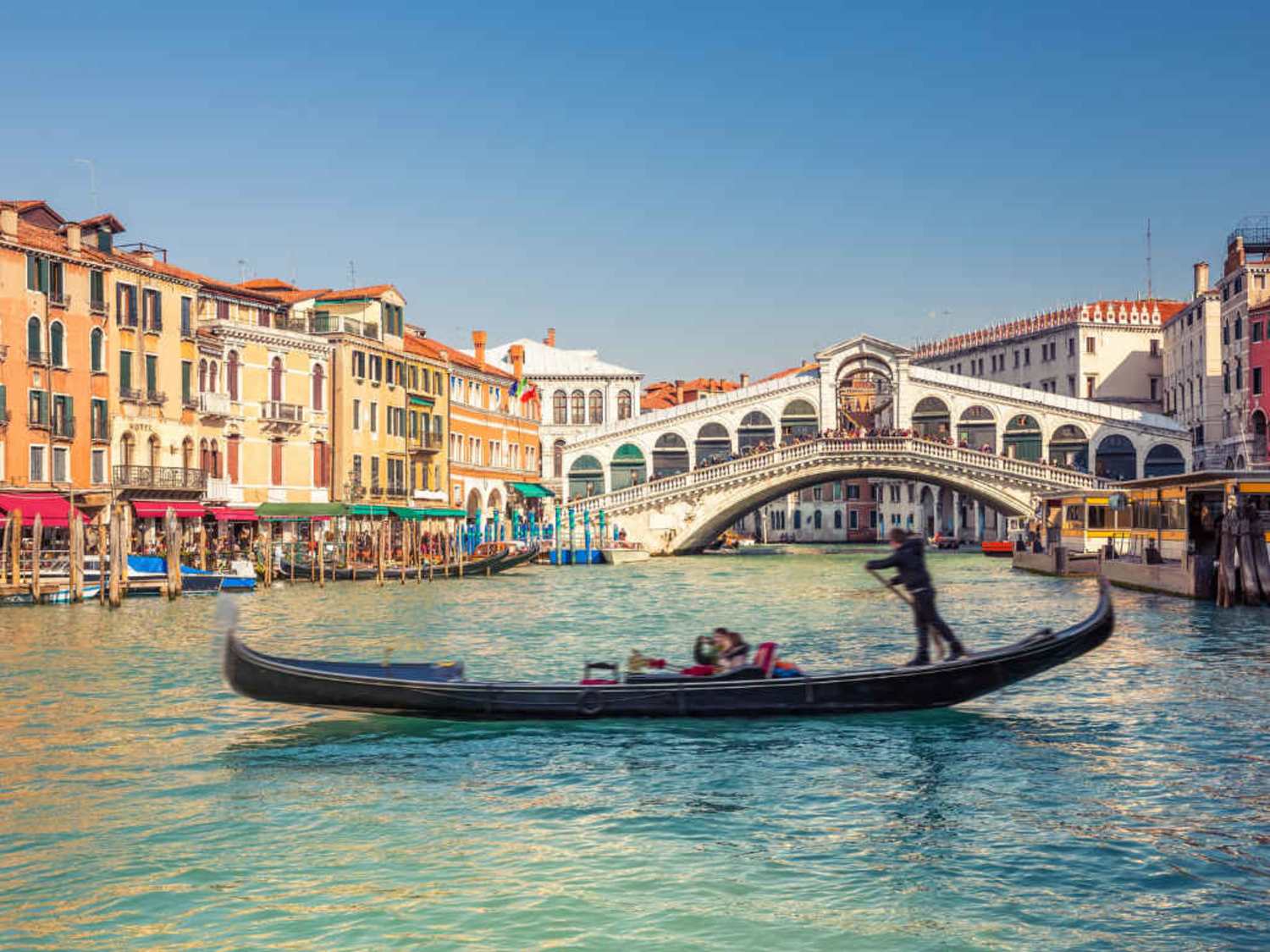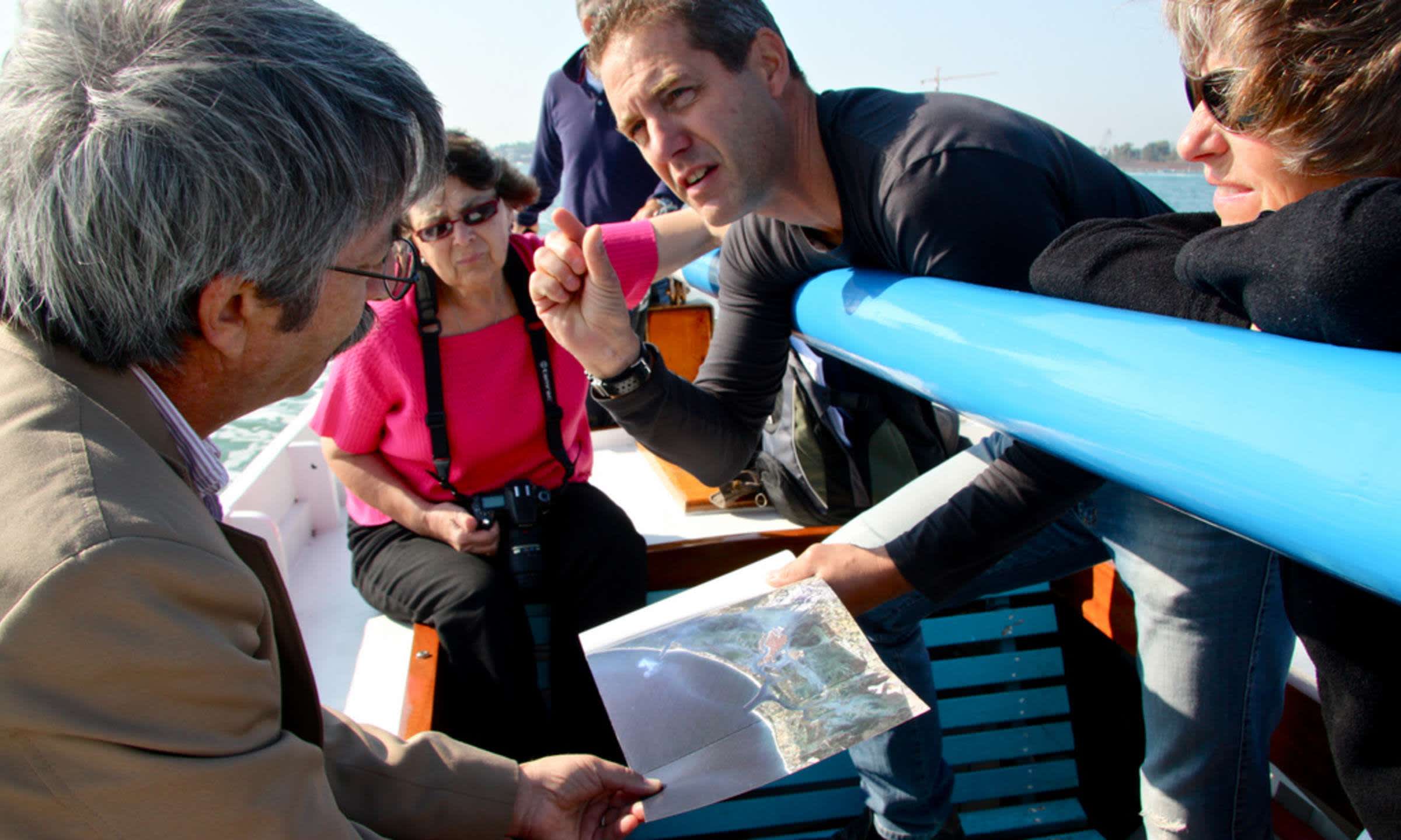Building Venice on Water
The centuries of history behind Venice can't be seen directly, but evidence of its complex past are laced all over the magical city, especially in its canals. Stumbling onto this incredible engineering feat, it seems to the curious traveler that the city of Venice was always floating, and that may be somewhat true. There were settlements on the lagoons found as early as ancient Roman times, though archaeologists didn’t always believe that. In fact, the real origins of Venice were shrouded in propaganda perpetuated by the Venetian republic, and it was so influential that historians only recently learned the truth about why Venice was on water.
The Myth of the Venetian Refugee
Sometimes the truth is less romantic than an embellished reality.
Originally, it was thought that 5th century Venetians were forced to flee from the mainland because of conquerors and invaders. The idea was that building Venice on top of its lagoons provided protections that the original settlers sought after. Not only would it be more difficult for horses and warriors to reach the new city, those that tried to attack would fail miserably as the marshes exposed invaders to diseases that the Venetians knew how to deal with.
And what a compelling story this was! The Western Roman Empire had just fallen at this time, and could have left the area around Venice vulnerable to attacks from barbarian armies. This origin story made the Venetians look powerful. Banded together, the fictional image gives us the impression that these early pioneers took matters into their own hands after being left defenseless. Knowing that this story made Venice look strong, capable, and united, the early Venetian republic capitalized on its effectiveness, convincing archaeologists for a long time. As thrilling as this foundational depiction is, the Venetian refugee is only a deception. We've now found modern evidence that suggests a much less seductive version of Venice’s history. It seems that Venice was always on water.
The Island of Torcello
The actual origins of Venice on water lies in Torcello, an island at the northern end of the Venetian lagoon. Now largely uninhabited with fewer than twenty residents populating the island, Torcello used to be a bustling hub of commerce with 20,000 citizens roaming its fisheries, churches, and piers. It was the first island on the archipelago to be populated.

The island as it stands today is a mere relic of what it used to be, frozen in a time where Byzantine fashion dominated. It’s on Torcello that researchers have debunked the myth of the Venetian refugee that was spread and cemented by the republic over time. There has been evidence of building Venice on top of its lagoons found as early as ancient Rome. On Torcello, historians have found a proof of lagoon landscaping to make an area for fishing and salt pans, indicating that there was commerce around these two commodities. Of course, to keep business booming, you should have workers who live nearby to oversee the production of salt and fish. Therefore, the infrastructure to support a city on water was already there for Venice’s early inhabitants.
The Decline of Torcello and Move to Rialto
Seeing Venice with Context
Venice, with its serene lagoons, winding canals, and magical history, provides a suitable background for the myths and legends that surround the Floating City. Maybe the reality of Venice’s origins isn’t as alluring as its fictional counterpart, but the fact that the political giants of the time were able to keep the story circulating for so long is almost more impressive. Though it begs the question… how many more secrets of Venice are there? History is most certainly too fickle for us to really know, but we can try to get close.
Get to the bottom of Venice's deep mysteries with Context's private and small group tours! You can also learn more about Venice, Italy, and other destinations online with an expert through Context Learning.














